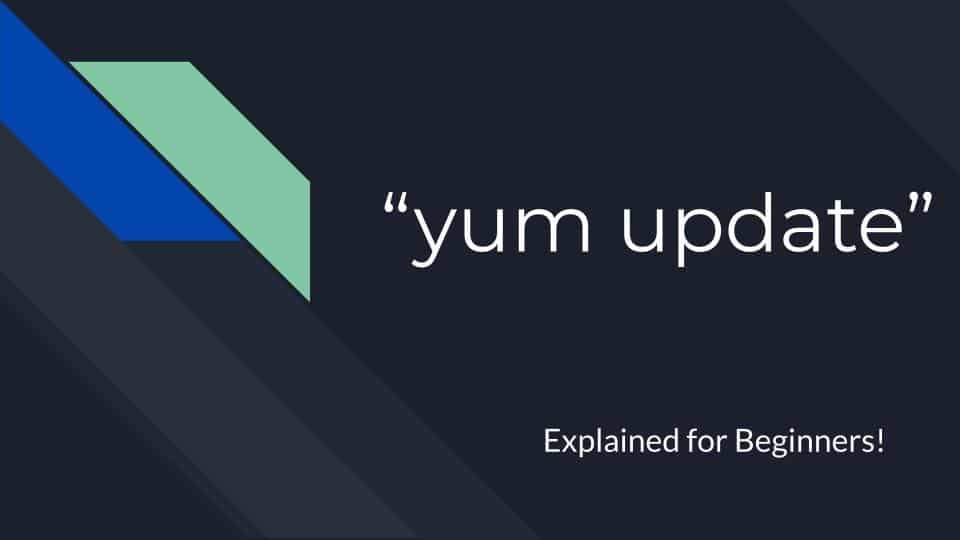

Upgrade Commandĭeprecated aliases: update, upgrade-to, update-to, localupdate With regard to your original question, in fact, if you do man dnf and read the text you will see this. In fact if you run ls -l /usr/bin/yum you will see that it is a symlink to dnf-3 with both fedora 35 and 36.

The only time it is relevant is when those versions of fedora where it was in use before dnf was introduced are the active OS. Yum as a separate command no longer exists, so for academic purposes it is out of date and really should be replaced with its successor, dnf. About yum (yes I know it is replaced by dnf ) - I am using yum for academic purposes.

What is the correct case for Fedora? Case 1 o 2?įor Fedora Workstation 36. Therefore consider the 2 following scenarios: So I am not sure if sudo yum update does two jobs - first retrieve the info about all the new data available and second proceeds to accomplish the update. # The first command must be executed before. # Update all the new data available for the OS, # it depends of the previous command execution # Shows all the new data available for the OS, I know it shows all the new data available for update purposes, but I am not sure if only does that job - I mean:įor example in Ubuntu the following is mandatory # Retrieves all the new data available for the OS To accomplish an update of all the packages available in the OS - is used the sudo yum update command - I want to know if is necessary/mandatory execute first the yum check-update command. About yum (yes I know it is replaced by dnf) - I am using yum for academic purposes.


 0 kommentar(er)
0 kommentar(er)
